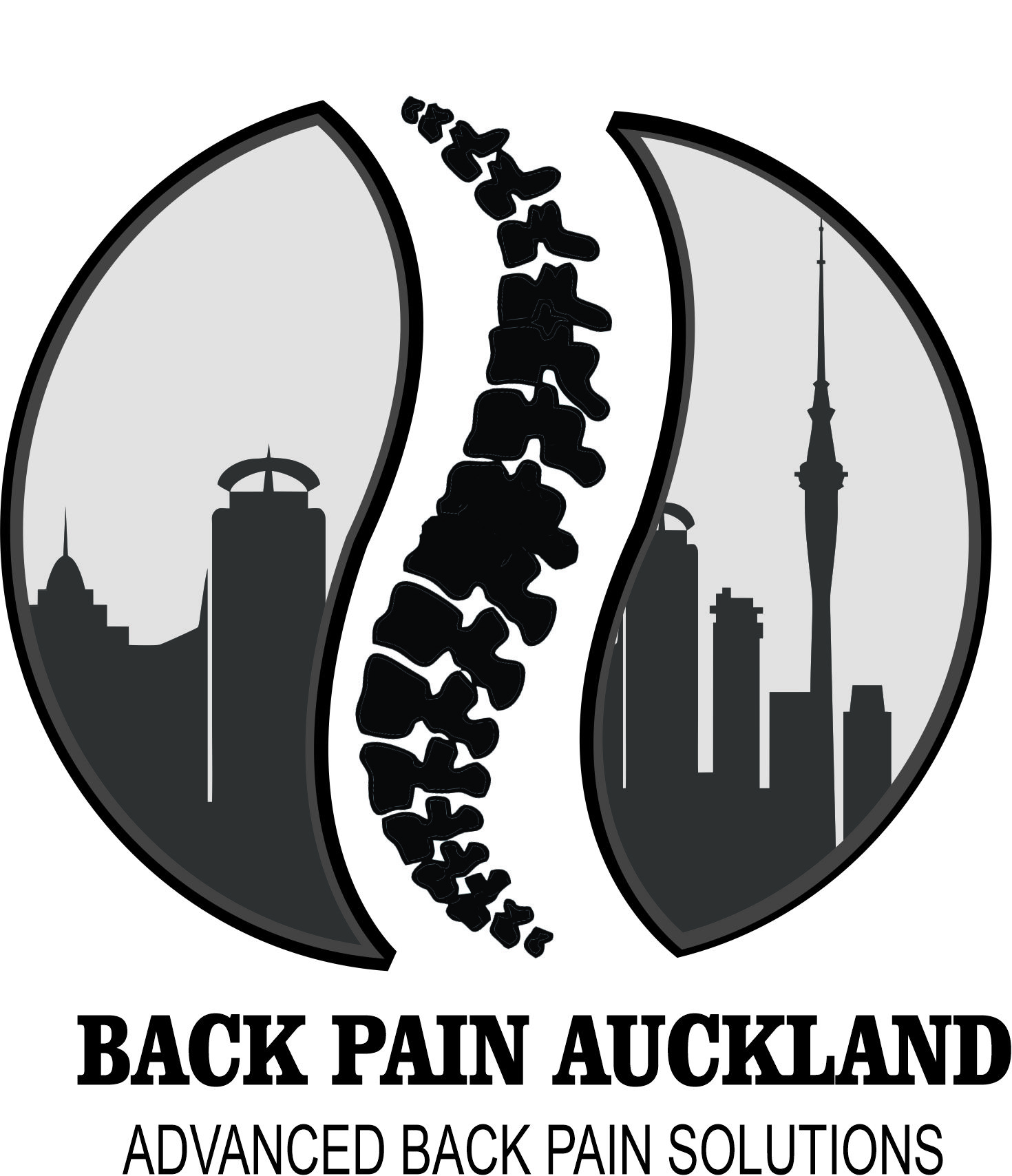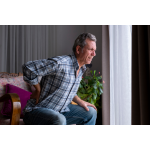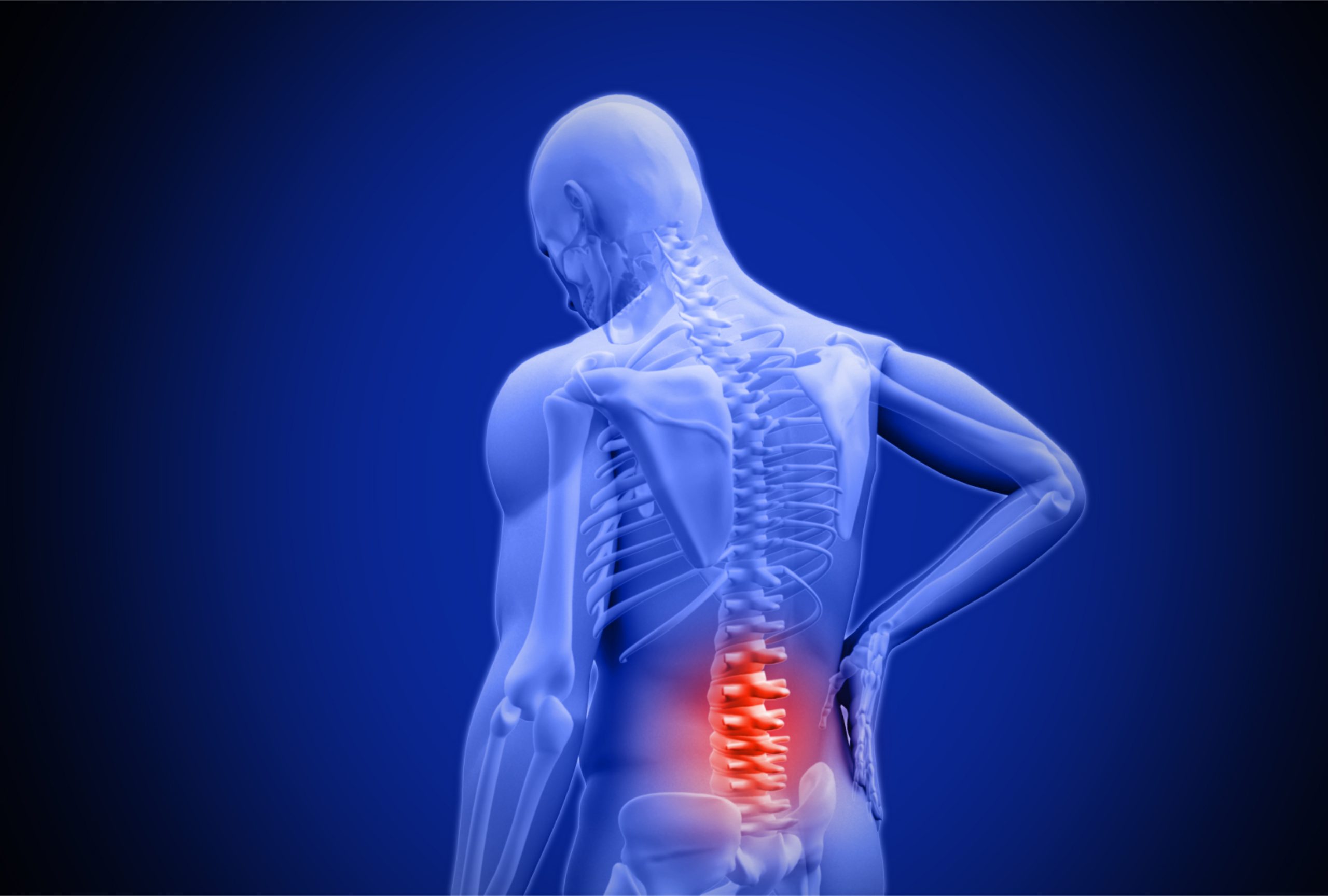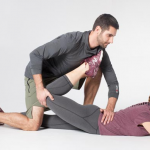CLAIRE’S STORY:
Having suffered increasingly worsening lower back pain for eight years, Claire Smith sought the help of Back Pain Auckland. In this blog, she shares her experience of working with Shane to overcome the daily pain that was affecting her mobility and wellbeing.
“Having just turned 50, I was getting worried about how my back pain was affecting my mobility,” she says. “I’d gone from having the occasional niggle to constant pain that was impacting my day-to-day life. I was avoiding picking things up off the floor, it hurt to stand up when I’d been sitting, and I noticed I was walking a lot slower. By the end of the day, I was hobbling into bed feeling like an 80-year-old.”
The Search For a Lower Back Pain Solution
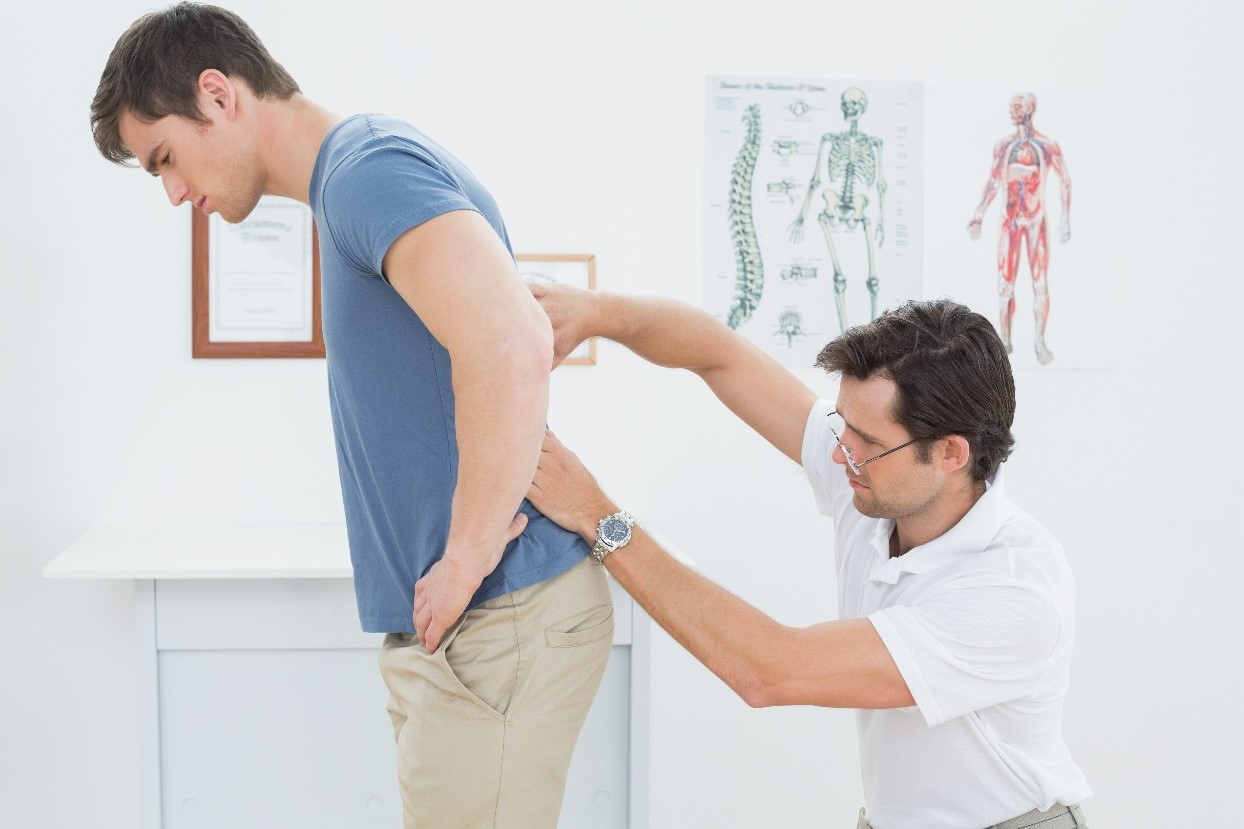
Over the years Claire had x-rays, an MRI, and an appointment with a musculoskeletal specialist. “The tests showed nothing significant – just the expected ‘age-related changes,’” says Claire. “The specialist gave me a video of some exercises to try, but I really had no idea if I was doing them correctly and gave up on them within a week.
I went back to my GP who prescribed painkillers and anti-inflammatories. It got to the point where I was relying on them just to do things like vacuuming or housework.
“After a particularly bad day, I decided it was time to do something more about it. I knew that my core muscles and back muscles were weak, so I wanted to find someone who could help me with strengthening exercises. But I also have friends who went to exercise classes and did more harm than good – one ended up leaving a Pilates class in an ambulance.”
With that in mind, Claire says she only wanted a therapist who had the skills and experience to create a tailored, targeted programme specifically for lower back pain.
Assessing the situation
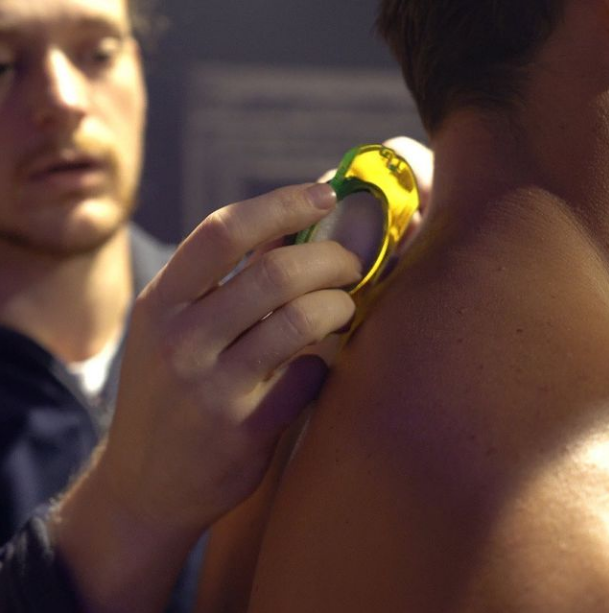
Claire came across the Back Pain Auckland website. “I checked out Shane’s videos and info online and saw that he offered a back pain assessment. I decided to book in and see what he could offer and whether he seemed to have the right experience and knowledge.”
Shane’s initial assessment is comprehensive – there’s a lot to cover when it comes to back pain, and it’s not something he likes to rush through.
“The initial assessment takes around 1.5 hours and is designed to identify which muscles and joints are restricted, tight, under-performing or over-compensating,” says Shane. “From there, we can plan a programme of corrective exercises.”
Claire says that Shane’s assessment left her feeling confident she was in good hands. “He listened carefully to my story, I didn’t feel rushed or ‘talked at’. He then did a comprehensive range of tests that gave him a full picture of what was going on with my back.
“He picked up on some issues with my feet and knees that were impacting my back too – things that the musculoskeletal specialist (who charged $500) completely overlooked.
“Shane asked lots of questions and gave some helpful insights and explanations about my lower back pain and my unique physiology. Throughout the entire process, he explained exactly what he was looking for and why it mattered. I left the appointment feeling like I finally had a good understanding of what was going on with my back and what could be done about it.”
Making a plan
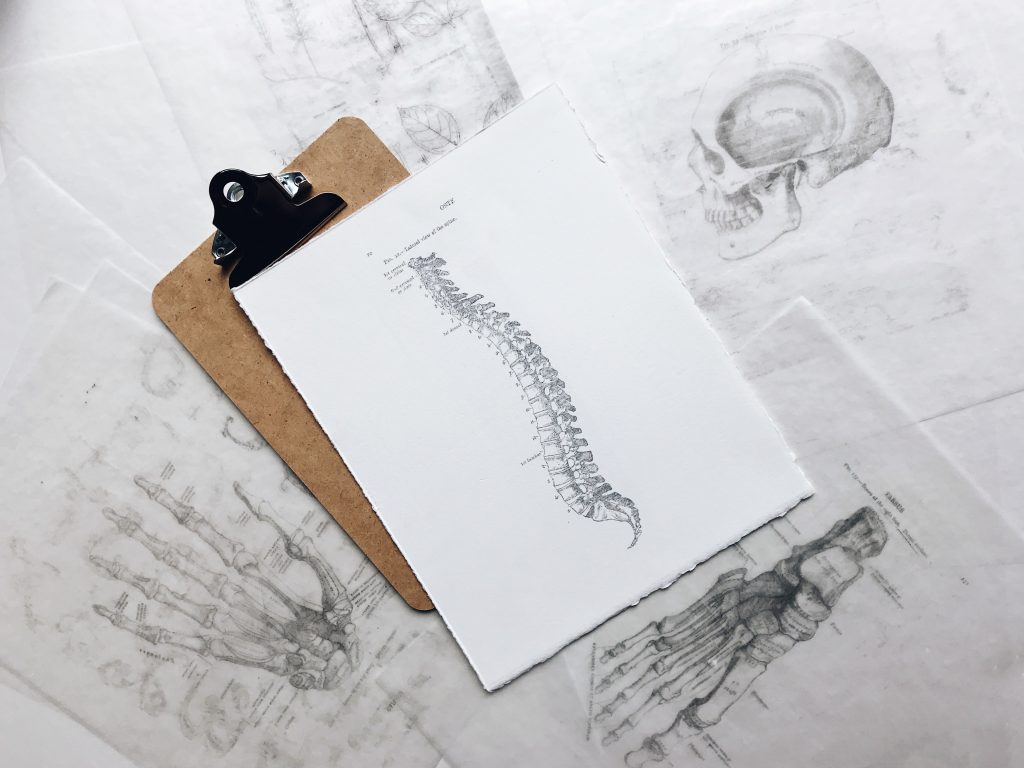 With the assessment done and a good understanding of which muscles needed activating, strengthening, and stabilising, the next step was for Shane to create a rehabilitation plan for Claire.
With the assessment done and a good understanding of which muscles needed activating, strengthening, and stabilising, the next step was for Shane to create a rehabilitation plan for Claire.
“Based on the results of the assessment, it became apparent that Claire needed a toe spreader to balance her foot mechanics in her left foot due to a bunion that was disrupting her weight distribution,” says Shane. “The foot is a major movement platform for the body and needs to be assessed. Interestingly Claire also suffered from left knee instability and sprains which was likely driven by the left foot imbalance.”
Shane explains that further testing revealed Claire was very limited in her range of motion around the lumbar spine and hips along with a weak core.
“In order to alleviate her back pain, we needed to address these imbalances – to re-activate, strengthen, and integrate these muscles again as they had become ‘sleepy’,” he says. “Her back was over-compensating and doing all the work. Essentially her back was over facilitated leading to her perpetual, increasing back pain!”
Shane created a treatment plan involving specific muscle release techniques backed up with movement patterns to reconnect the brain-muscle connection (neurological connection). These would be followed by a series of targeted corrective strengthening exercises to engage and wake up the specific muscles identified and instrumental in bringing about muscle balance and reducing the back pain.
Claire says she can’t wait to get started. “For the first time in years I feel optimistic that I can actually reduce my back pain – or even be pain free.”
With Claire’s rehabilitation programme prepared and ready, she is about to start working with Shane to overcome the pain she’s put up with for so long.
“One of my simple goals is to be able to pick up a full laundry basket from the floor without pain. Bending to pick things up right now is something I avoid. The fear of the pain has taken over – and it’s making my world smaller and smaller. And that’s not something I am prepared to put up with any longer.
“I don’t expect it to be an overnight fix – I’ve had this pain for years, but I’m willing to put in the work to overcome it,” she says. “As long as I know that what I’m doing is making a difference – and that I’m doing it correctly – then I’m all in.”
Check back in a few weeks for an update on Claire’s progress.
